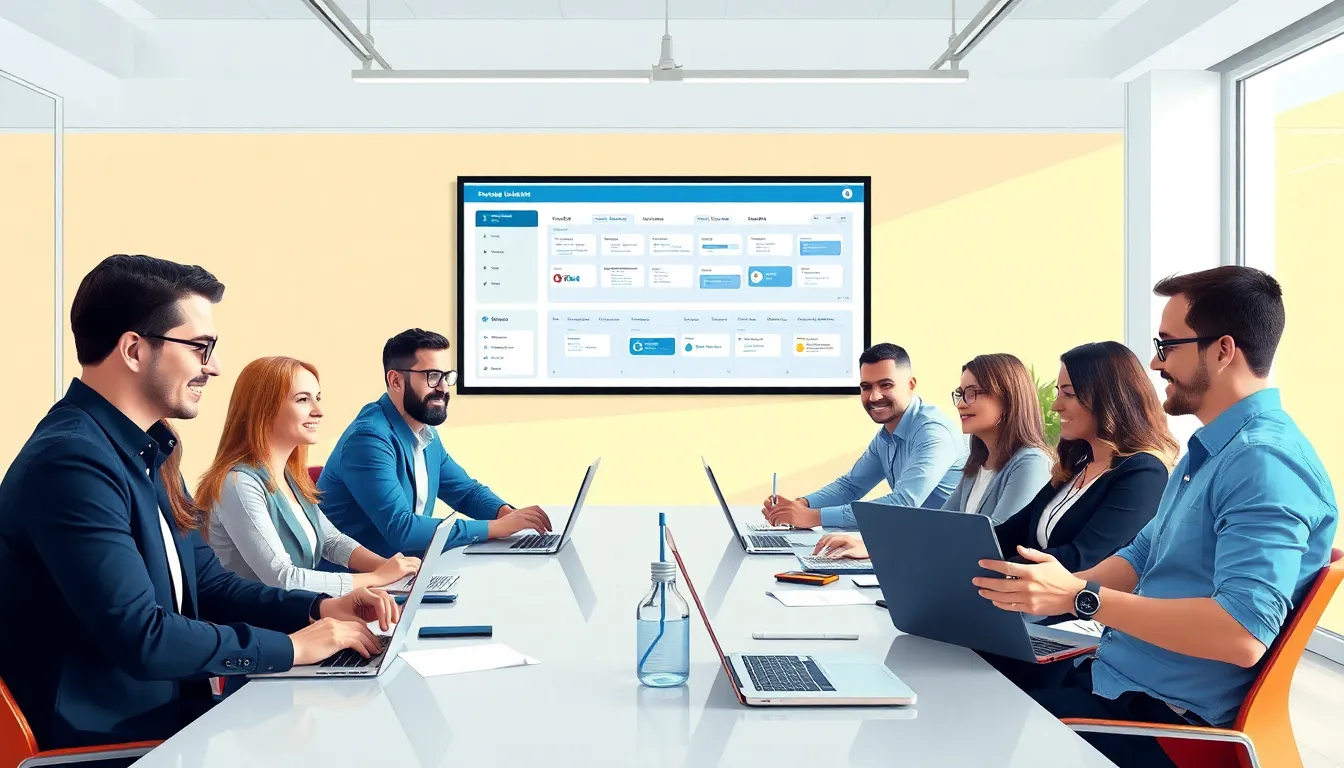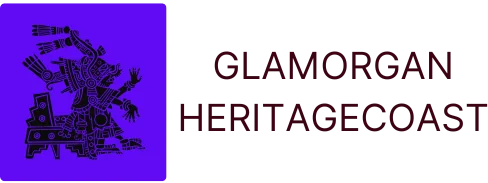In a world where distractions are just a notification away, staying organized can feel like herding cats—frustrating and downright chaotic. Enter task management apps, the superheroes of productivity that swoop in to save the day. These digital sidekicks help users conquer their to-do lists, streamline workflows, and ultimately, reclaim their sanity.
Table of Contents
ToggleOverview of Task Management Apps
Task management apps streamline organization by allowing users to manage to-do lists and tasks efficiently. These applications enhance productivity by offering features such as reminders, due dates, and collaborative tools. Different apps cater to various needs, including solo projects, team collaboration, and complex workflows. Users benefit from visual aids like calendars and Kanban boards that make tracking progress easier.
Many task management apps support integrations with other tools, enhancing the overall user experience. For instance, apps like Trello and Asana allow integration with calendars and communication platforms to centralize project management. Features vary across apps, with some focusing on simplicity while others offer extensive functionality for advanced users.
Prioritization stands as a crucial element for effective task management. Most apps include priority settings, enabling users to categorize tasks based on urgency and importance. This helps individuals focus on high-impact activities, ensuring essential tasks get completed promptly.
User feedback drives the evolution of these tools. Many developers regularly update their task management apps based on user reviews, addressing pain points and improving functionality. This responsiveness fosters user loyalty and satisfaction.
Various task management apps target specific industries too. For example, ClickUp proves popular among marketing teams, while Todoist often attracts individuals seeking personal organization. Each app provides unique capabilities that reflect the diverse needs of users across different sectors and lifestyles.
Key Features of Task Management Apps

Task management apps offer a range of features designed to enhance productivity and organization. Below are key aspects that define their effectiveness.
User Interface and Usability
Intuitive user interfaces characterize successful task management apps. Users find navigation seamless, allowing them to engage quickly with features. Clear layouts improve accessibility, ensuring tasks are easy to view and manage. Customizable views often enhance usability by letting individuals tailor their experience according to personal preferences. A responsive design improves interaction, making tasks easier to update and modify on various devices.
Integration with Other Tools
Effective task management apps seamlessly integrate with other tools. Users connect their calendars, emails, and project management software, creating a unified workflow. This integration boosts efficiency by reducing the need to switch between different platforms. Importing tasks from other applications simplifies onboarding, while real-time updates keep everyone informed. Many apps provide APIs or Zapier support, allowing users to automate processes and connections to third-party applications.
Task Organization and Prioritization
Prioritization remains essential in task management. Most apps allow users to categorize tasks by urgency and importance. This categorization ensures high-impact activities remain front and center. Users often benefit from color-coding or tagging systems, enhancing visual organization of their to-do lists. Additional features like due dates and reminders reinforce focus on critical tasks, promoting timely completion. Overall, structured management encourages a balanced approach to productivity, aligning tasks with user goals.
Popular Task Management Apps
Task management apps simplify organization for both individuals and teams. These tools provide various features that enhance productivity and support diverse needs.
App 1: Features and Benefits
Trello stands out with its visual Kanban boards, making it easy to track tasks. Users can create columns for different stages, enabling a clear view of progress. Customizable cards allow for task details like due dates and checklists, streamlining workflows. Integrations with tools like Google Drive and Slack facilitate collaboration. Trello’s simplicity supports prioritization, as users can quickly identify high-priority tasks.
App 2: Features and Benefits
Asana excels in task management for teams, featuring project timelines and calendars. Collaborative functions enable team members to assign tasks and share updates seamlessly. Users benefit from priority tagging, which ensures urgent tasks receive immediate attention. Mobile accessibility allows for task tracking on the go, enhancing flexibility. Asana’s reporting tools provide insights into productivity, aiding in continuous improvement.
App 3: Features and Benefits
Todoist provides a minimalist interface, promoting focus on individual tasks. Task categorization through projects and labels assists users in maintaining organization. Due dates and recurring task features support habitual prioritization. Syncing across devices ensures that users remain connected to their task lists. Todoist’s productivity tracking motivates users to stay on top of their goals, driving consistent progress.
Pros and Cons of Using Task Management Apps
Task management apps offer numerous advantages. Enhanced organization allows users to streamline tasks effectively, improving overall productivity. Integrated features like reminders and due dates help maintain focus, reducing the likelihood of missed deadlines. Many of these applications adapt to individual needs, with options for customized views and workflows. Collaboration becomes easier through shared tasks and real-time updates, facilitating teamwork on projects.
Despite these benefits, some drawbacks exist. Users often face a learning curve, particularly with complex apps that boast extensive functionalities. Over-reliance on technology might lead to distractions, as notifications can interrupt focused work. Additionally, some individuals prefer traditional methods, such as paper lists, feeling overwhelmed by digital interfaces.
Task prioritization stands out as a key benefit of these apps. Users can categorize tasks based on urgency and importance, ensuring high-impact activities receive the attention they require. Many apps employ color-coding or tagging systems, making it easy to identify priority items at a glance.
Trade-offs in features exist across various applications. While certain apps like Trello excel in visual task tracking, others such as Asana emphasize team collaboration and project timelines. Todoist’s minimalist design proves effective for solo users focused on personal organization.
Ultimately, the worth of a task management app depends on individual preferences and specific needs. Exploring different options helps users find the best fit for their workflows.
Conclusion
Task management apps offer valuable solutions for anyone looking to enhance their productivity and organization. By providing features that streamline task management and improve collaboration, these tools cater to a wide range of needs. Users can choose from various apps tailored to individual or team requirements, ensuring they find the right fit for their specific workflows.
The ability to prioritize tasks and integrate with other tools further enhances the user experience. As users explore different options, they can discover which app aligns best with their goals and preferences. Embracing the right task management app can lead to a more organized and efficient approach to both personal and professional projects.










